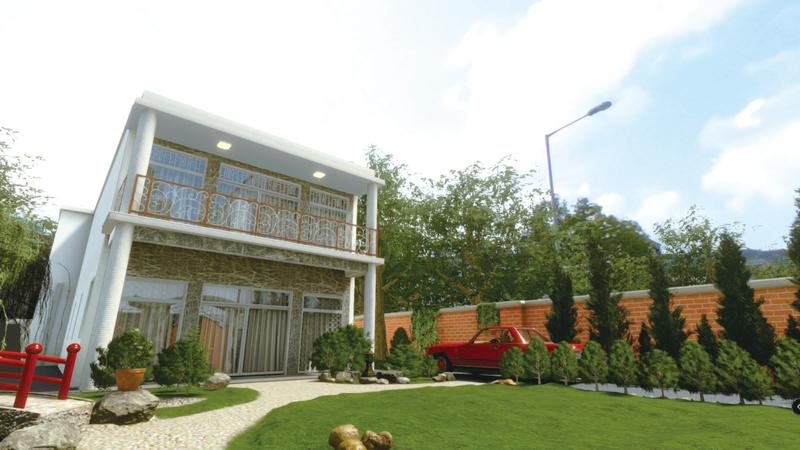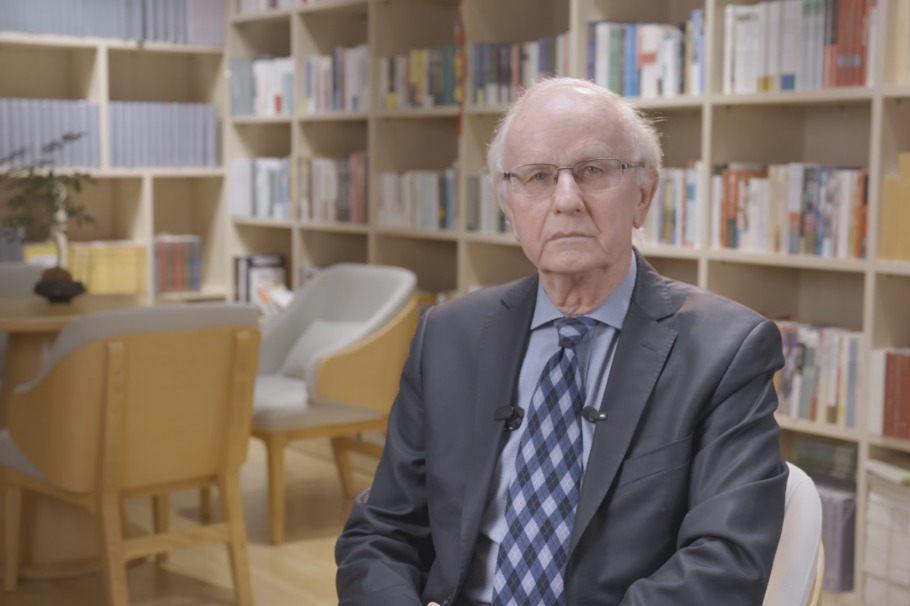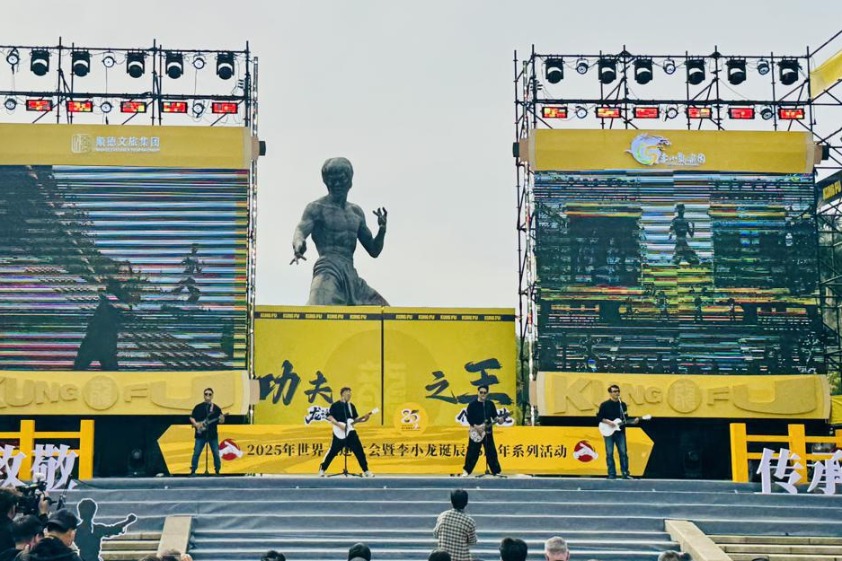Into a heritage metaverse

Technological advancement is playing a key role in preserving and promoting cultural heritage assets that are at risk of extinction or destruction. Su Zihan reports from Hong Kong.

As new infrastructure continues to proliferate Hong Kong amid massive redevelopment, many of the city's old buildings have faded into oblivion.
To name a few, the former Star Ferry Pier at Edinburgh Place; the old General Post Office Building on Pedder Street, Central; Club Germania on Kennedy Road; and the "Crane's Nest" - the Kowloon Tong home of late kung fu icon Bruce Lee - have all vanished from the scene, although they are a collective memory for Hong Kong people.
It may not be possible to re-create these lost structures in the real world. But today, as technology continues to progress, the option of visiting virtual renditions of real-world locations is becoming viable, allowing such heritage that have been removed from the urban landscape to venture into the digital space.
"What if the historical architectures demolished from the city's landscape get to relive their moments?" This is a question posed on the website of the (un)lost architecture NFT project.

Launched by Charles Lai Chun-wai, who holds a doctorate in architectural history from the University of Hong Kong, the project is to digitally re-create Hong Kong's demolished historical buildings in the metaverse.
The first batch of the (un)lost architecture series consists of five NFT (non-fungible token) projects - Club Germania, the old Star Ferry Pier at Edinburgh Place, the third-generation General Post Office, the second-generation Queen's Pier, and the old Peak Tower. Buyers can now view those lost places in the virtual world and own architectural models.
Many of these meaningful historical buildings in the special administrative region are known to younger generations through old photographs or videos. However, Lai says, from an architectural point of view, relying on photographs alone doesn't allow one to feel the volume and design of any of the buildings itself, or its three-dimensional aesthetics as a building from different angles.
"The project is thus aimed at re-creating lost historical buildings digitally and raising funds for research and the preservation of Hong Kong's old buildings," says Lai.

The project was launched in December 2021 at a price of 0.02 ethers (about HK$225, or $28.6) per NFT. It has already achieved its expected sales target, with 80 percent of the NFTs sold so far. The project will enter its second phase, in which augmented-reality features will be added to enable users to "revisit" the lost buildings in their locations, according to Lai.
While the current stage of the project is more like an NFT artwork, he hopes to bring a better interactive experience to buyers later, making more people cherish and preserve local historical buildings.
- Dinosaur footprints from about 200m years ago found in China
- Free shuttles provided for residents affected by Tai Po fire to vote
- Global influencers unlock scenic and cultural charms of Hechi
- Chinese Navy accuses Japan of interfering with training operations
- 'We can manage for now': HK rallies with fire recovery efforts on track
- Foreign media urged to report truthfully on HK matters



































